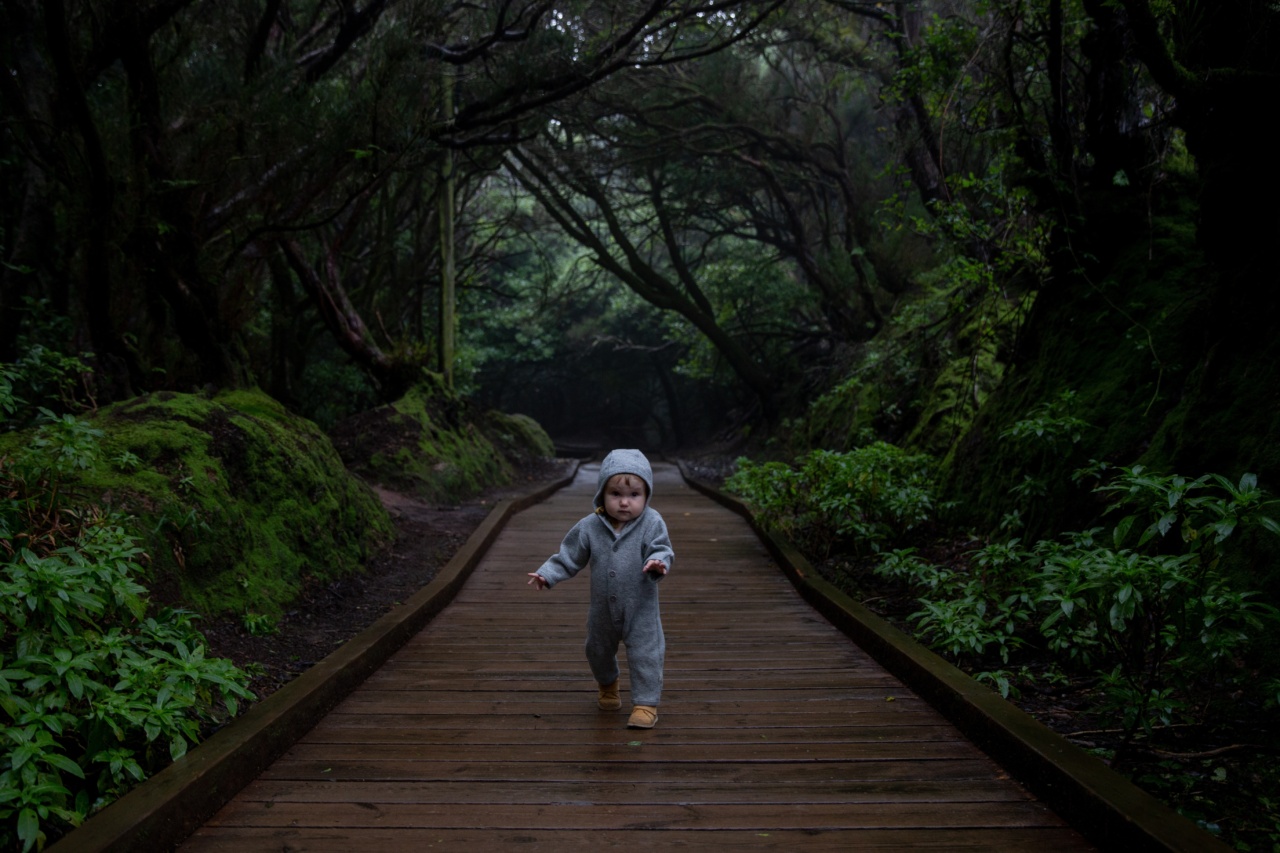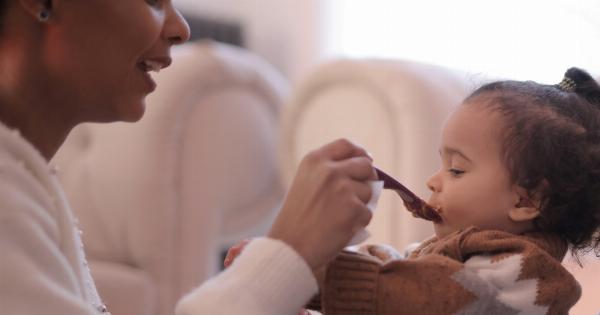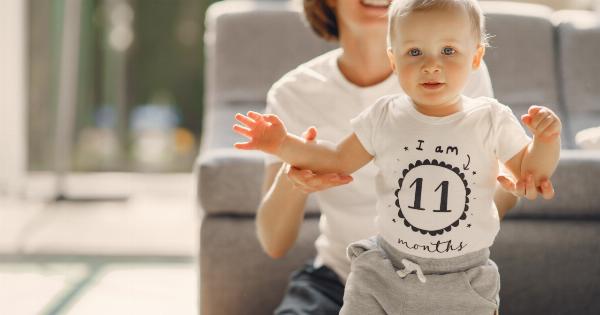Watching a baby grow is a miraculous experience. The first few months of a baby’s life are filled with significant changes and milestones.
By the time a baby reaches the age of 4 months, there are notable developments in their growth, both physically and developmentally. In this article, we will explore the captivating growth and development of a 4-month-old infant, including the milestones they typically reach, the physical changes they undergo, and the emerging abilities they start to demonstrate.
Milestone: Increased Social Interaction
One of the most exciting milestones around the 4-month mark is a significant increase in social interaction.
At this age, babies become more engaged with their surroundings, actively seeking opportunities to interact with their caregivers and the world around them. They often respond to smiles and voices, making eye contact and attempting to mimic facial expressions. This milestone is a testament to the development of their social and emotional skills.
Physical Changes: Head Control and Stability
By 4 months, babies typically show improvements in their head control. They can lift their head while lying on their stomach and may even be able to push up on their arms, creating an early foundation for future crawling and sitting up.
This newfound head control also helps with visual exploration, allowing them to look around and take in their surroundings with greater ease.
Milestone: Rolling Over
Rolling over is a significant milestone that many babies achieve around the 4-month mark. They start by rolling from their stomach to their back and eventually progress to rolling from their back to their stomach.
Rolling over not only demonstrates improved muscle strength and coordination but also marks an important step towards mobility. Parents must ensure a safe environment as rolling over can increase the risks associated with falls or accidents.
Physical Changes: Increased Gross Motor Skills
At 4 months, babies begin to display enhanced gross motor skills. They may start reaching for objects, intentionally grabbing toys, or even attempting to bring things to their mouth.
This newfound control over their limbs allows them to explore and engage with their surroundings, fostering cognitive development through sensory experiences. Parents should provide age-appropriate toys and objects to encourage their baby’s motor skill development.
Milestone: Babbling and Vocalization
Around the 4-month mark, babies begin to experiment with their vocal cords, leading to the emergence of babbling and cooing sounds. They start making a broader range of noises and become more intentional in their attempts at communication.
Babies may begin to respond to their name or engage in “conversations” by taking turns making sounds with their caregivers. These vocalizations and interactions lay the groundwork for language development in the future.
Physical Changes: Improved Hand-Eye Coordination
At 4 months, babies demonstrate improved hand-eye coordination. They develop the ability to purposefully reach for objects they find interesting or enticing.
Whether it’s grabbing a dangling toy or reaching for their parent’s finger, this newfound coordination allows them to interact with their environment in a more intentional and precise manner. It is important for parents to provide safe and stimulating objects for babies to explore and manipulate.
Milestone: Increased Curiosity
Babies at 4 months old become increasingly curious and interested in their surroundings. They will spend more time visually exploring objects and people, often reaching out to touch or grasp things within their reach.
This curiosity is a vital aspect of their cognitive and sensory development, as they learn about cause and effect, textures, and spatial awareness. Parents should encourage this natural curiosity by creating a safe exploratory environment for their baby.
Physical Changes: Growing Hair and Nails
By 4 months, babies may start to display physical changes such as the growth of hair and nails. While hair growth varies from baby to baby, many infants will begin to sprout soft, fine hair on their heads.
Additionally, their nails may grow at a faster rate, and parents should frequently check and trim their baby’s nails to avoid accidental scratching.
Milestone: Recognizing Familiar Faces
Around the 4-month mark, babies begin to show a preference for familiar faces, particularly those of their primary caregivers.
They start recognizing the people they interact with regularly, often responding with smiles, coos, or other signs of excitement. This ability to recognize familiar faces is an essential social milestone, as it lays the foundation for the development of secure attachments and future relationships.
Physical Changes: Improved Vision and Depth Perception
At 4 months old, babies’ vision continues to improve, allowing them to see more clearly and with greater depth perception. They become better at tracking moving objects and may show interest in toys or people moving around them.
Parents can support this visual development by providing appropriate toys that promote visual tracking, such as mobiles or colorful objects.
Milestone: Grabbing Objects
Around 4 months, babies develop the ability to deliberately grasp and hold objects. They start exploring their world through touch, picking up toys, and transferring them from one hand to the other.
This newfound skill enhances their hand-eye coordination and paves the way for future fine motor development, such as learning to feed themselves or scribbling with a crayon.
In conclusion, the growth of a 4-month-old infant encompasses not only physical changes but also remarkable developmental milestones.
From increased social interaction and improved head control to rolling over and babbling, each milestone and change plays a crucial role in the foundation of a baby’s growth and development. As parents and caregivers, it is essential to create a nurturing environment that encourages exploration, supports emerging abilities, and celebrates these precious moments in a baby’s journey of growth and discovery.






























